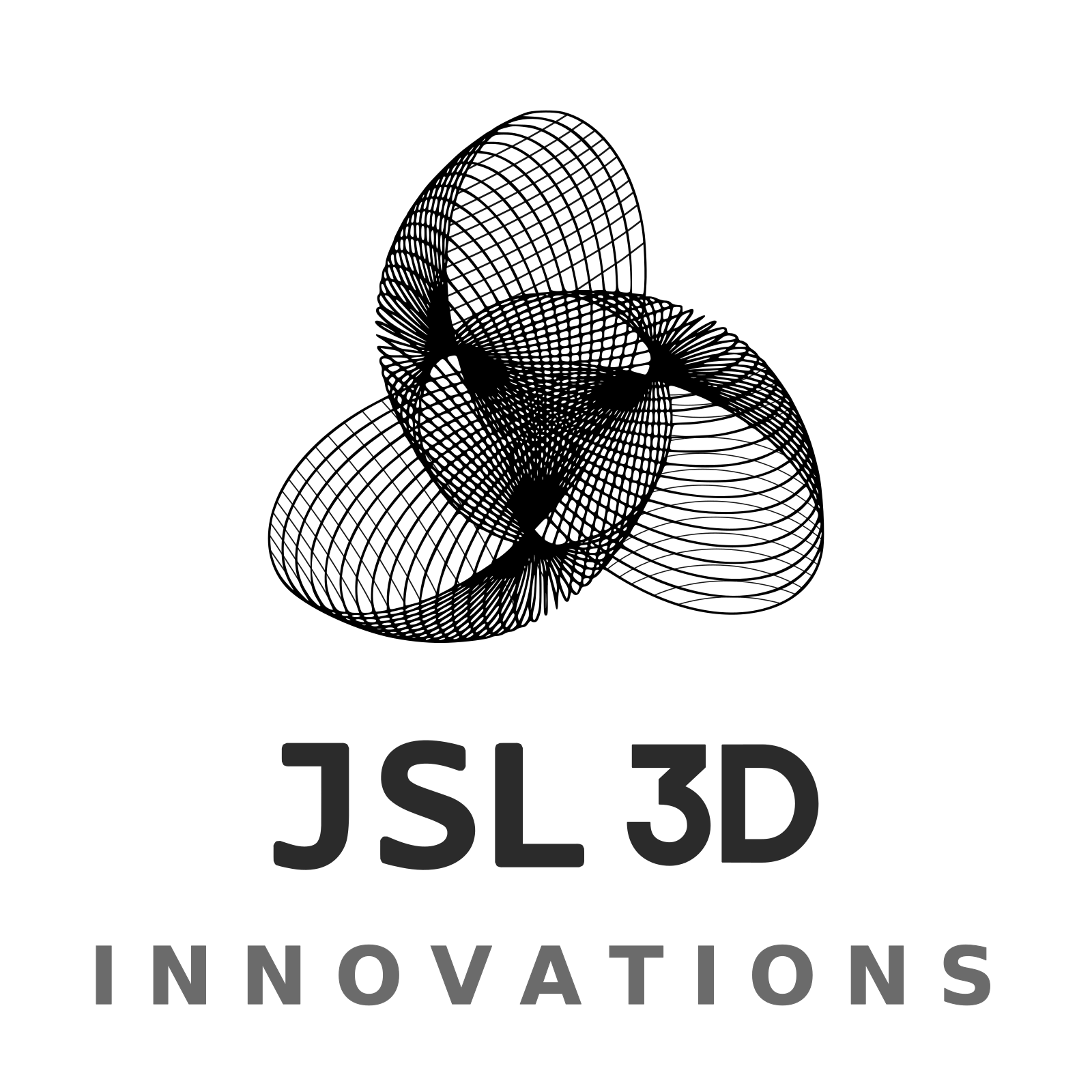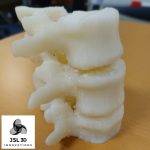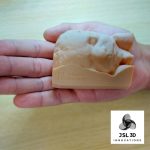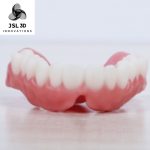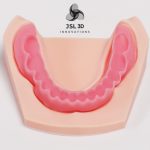Medical Application
Anatomical Model
3D printing has revolutionized medical education and practice by enabling the creation of highly accurate anatomical models. These models serve as invaluable tools for surgical planning, patient education, and medical training.
By converting medical imaging data such as CT scans or MRI scans into 3D printable files, clinicians can produce patient-specific anatomical models that replicate intricate details of organs, bones, and tissues. Surgeons can use these models to visualize complex anatomical structures, practice procedures, and devise personalized surgical plans tailored to individual patients.
Additionally, these models enhance patient understanding by providing tangible representations of their anatomy, aiding in informed decision-making and improving overall patient outcomes. Furthermore, medical students and professionals can utilize these models for hands-on learning experiences, allowing for better comprehension of anatomical relationships and surgical techniques. In essence, 3D printing applications in medical anatomical modeling are pivotal in advancing healthcare by fostering precision, innovation, and education.
Dental Application
Dental Model
The utilization of 3D printing technology in dentistry has significantly transformed the fabrication of dental models, offering precise, customizable, and time-efficient solutions. With 3D printing, dental practitioners can generate highly accurate replicas of patients’ teeth, gums, and jaw structures from digital scans obtained through intraoral scanners or cone beam computed tomography (CBCT). These printed models serve various purposes, including treatment planning, orthodontic appliance fabrication, and prosthodontic restorations.
By producing patient-specific dental models, clinicians can streamline workflows, optimize treatment outcomes, and enhance patient satisfaction.
Additionally, 3D printing enables the creation of intricate dental structures with exceptional detail and precision, improving the fit and function of restorations such as crowns, bridges, and dentures. Furthermore, dental laboratories and educational institutions benefit from 3D printing technology by facilitating efficient production processes and offering immersive learning experiences for dental students.
Please feel free to Contact Us for further discussion, or visit our Products and Services webpage to explore more details.
